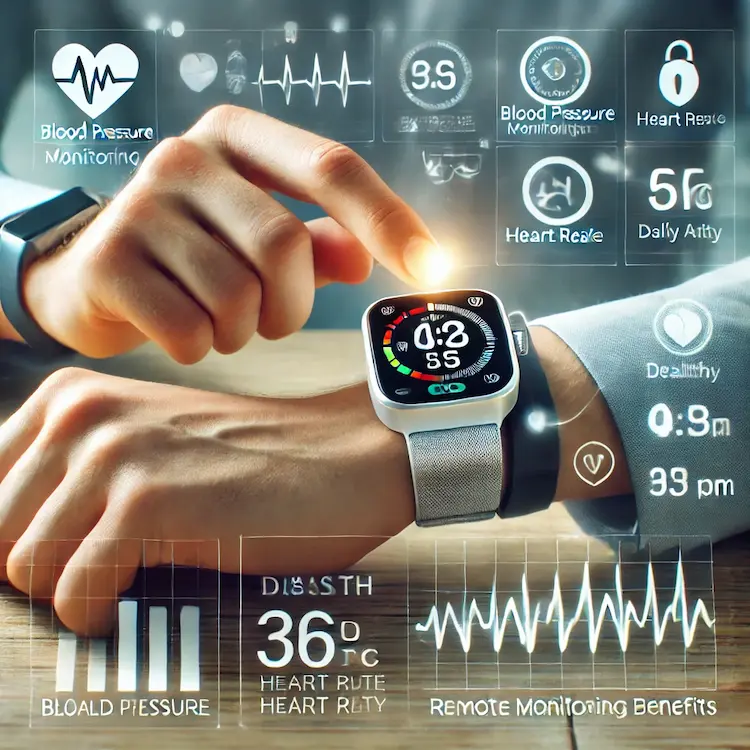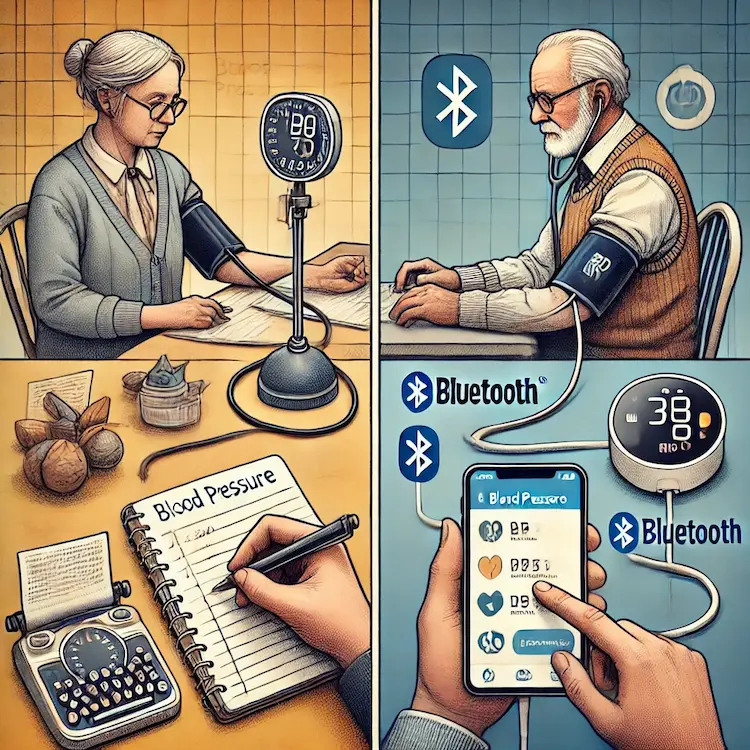High blood pressure (hypertension) is a global health challenge affecting millions of people. Left unmanaged, it can lead to severe complications such as heart disease, stroke, and kidney failure. Fortunately, advancements in mobile technology and medical devices like sphygmomanometers and mobile apps have revolutionized blood pressure monitoring, making it more accessible and efficient.
With the rise of smartphone-integrated health apps, individuals now have the power to track, analyze, and manage their blood pressure in real-time. These innovations bridge the gap between periodic clinical visits and daily monitoring, empowering users to take control of their cardiovascular health.
This article explores how Sphyg and mobile apps work together to improve blood pressure management, their benefits, and how users can leverage these tools for better health outcomes.
Traditional blood pressure monitoring methods involve periodic checks at clinics or pharmacies. However, these isolated readings do not provide a full picture of an individual’s blood pressure trends. Mobile apps, paired with smart sphygmomanometers, enable continuous tracking and real-time analysis, allowing users to detect fluctuations and identify triggers such as stress, diet, or activity levels.

Mobile apps eliminate the need for manual logging. Data is automatically recorded, stored, and analyzed, making it easier for users to track progress and share reports with healthcare providers. This is especially beneficial for older adults and those managing chronic hypertension.
AI-driven health apps provide predictive analytics based on a user’s historical blood pressure data. Some apps integrate with wearable devices to monitor other vital signs, such as heart rate and oxygen levels, offering a holistic view of cardiovascular health.
To understand the synergy between sphygmomanometers and mobile apps, let’s examine how they function:
| Feature | Traditional Sphygmomanometer | Smart Sphygmomanometer + Mobile Apps |
|---|---|---|
| Data Logging | Manual entry required | Automatic data sync via Bluetooth/Wi-Fi |
| Trend Analysis | Limited | AI-driven insights and trend tracking |
| Remote Monitoring | No | Yes, with cloud-based sharing |
| Alerts & Reminders | No | Yes, customizable notifications |
| Integration with Other Devices | No | Yes, connects with wearables and health apps |
By automating data collection and integrating with broader health platforms, mobile apps and smart blood pressure monitors significantly enhance user experience and health outcomes.
Modern apps such as Omron Connect, QardioHeart, and Withings Health Mate sync automatically with Bluetooth-enabled sphygmomanometers. This eliminates the risk of data entry errors and ensures accurate tracking.
Many apps provide AI-based recommendations tailored to a user’s trends. For example, if a person experiences high readings frequently in the evening, the app might suggest reducing salt intake or stress management exercises.
Some apps integrate medication tracking to ensure adherence to prescribed treatment plans. Additionally, users can receive notifications to stay hydrated, exercise, or take deep breaths to manage stress.
Cloud-based platforms allow remote access to medical professionals, enabling virtual consultations and immediate intervention if concerning patterns emerge.
Apps such as Apple Health, Google Fit, and Fitbit sync with smartwatches and fitness trackers to provide comprehensive health metrics, including sleep quality and physical activity, both of which influence blood pressure.
| Method | Pros | Cons |
|---|---|---|
| Manual Blood Pressure Log | Low cost, simple | Prone to human error, no analytics |
| Traditional Home BP Monitors | More frequent readings | No automated logging or insights |
| Smart BP Monitors + Mobile Apps | Automated tracking, trend analysis, remote monitoring | Requires smartphone & internet connectivity |
| Wearables with BP Sensors | Continuous tracking, integrates with health apps | Less accurate than arm cuffs, expensive |
While traditional methods still play a role, smart sphygmomanometers with mobile app integration offer the best balance between accuracy, convenience, and real-time analysis.

With advancements in artificial intelligence (AI) and the Internet of Things (IoT), future blood pressure monitoring solutions will become even more precise and user-friendly.
These innovations will further reduce hospital visits, lower healthcare costs, and empower patients to take proactive control of their cardiovascular health.
Technology has revolutionized how we monitor and manage blood pressure. The combination of Sphyg and mobile apps provides an effective, user-friendly solution for real-time tracking, analysis, and remote monitoring. By leveraging these innovations, individuals can take proactive steps toward better heart health, reducing their risk of hypertension-related complications.
Invest in an FDA-approved smart BP monitor for accurate readings.
Use a reliable mobile app to track and analyze your data.
Monitor BP at different times to detect patterns and triggers.
Stay consistent with medication and lifestyle adjustments.
Share your health data with doctors for personalized care.